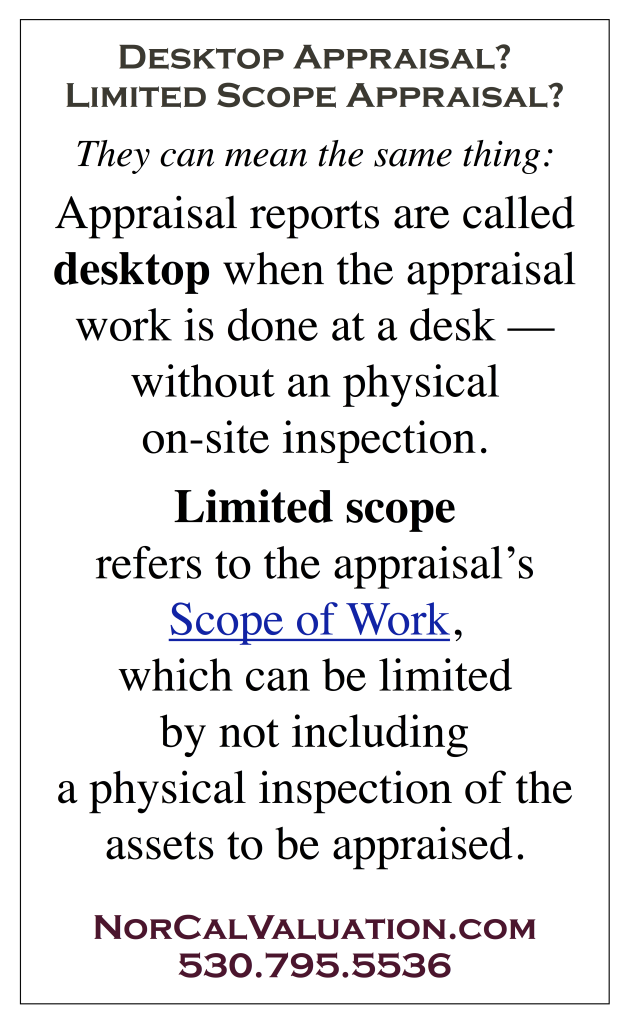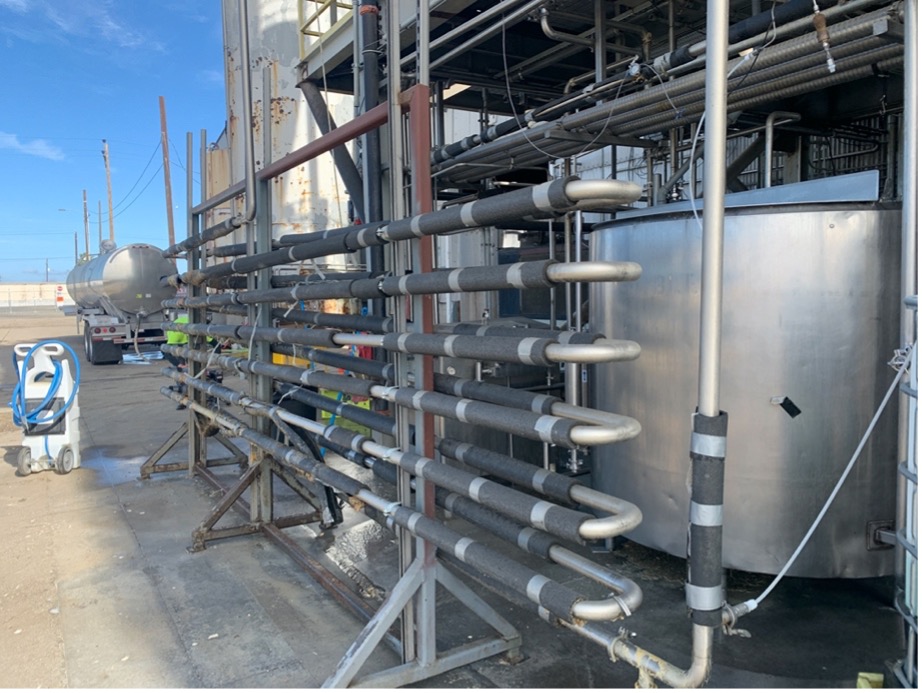
Asset Spreadsheet
All equipment appraisals begin with an asset list; a desktop appraisal, however, demands more detail and attention since the equipment inspection won’t provide detail the list may not have included. When you prepare an asset list for a limited scope equipment appraisal, be sure to list all the machinery and equipment to be appraised, including business assets such as computer and phone systems and company vehicles. Your spreadsheet should include such information as manufacturer, model, make & year, as well as VIN for vehicles and any meter readings, such as miles or hours the equipment has been used. In many cases other important details like measurements, horsepower etc maybe needed. Each category of information should have its own column and information must be consistently categorized.
Any equipment built in-house will need notes on year of manufacture and costs of production; machinery bought used should have the year of purchase noted. If you have an assortment of tooling for larger pieces of equipment, it’s often convenient to list that along with the base machinery instead of separately. If you have a number of hand tools, it may be more effective to list them in “lots” rather than separately. If you have questions about which items of equipment and information should be provided in this spreadsheet, talk to your appraiser. The main point to remember is that the completed spreadsheet should provide your equipment appraiser not only with a handy inventory of the equipment to be appraised but also all the information needed to research the value of your equipment. Remember to add a column to your spreadsheet to record photo numbers.
Be sure that the asset inventory can be easily used by your equipment appraiser. A spreadsheet done in an program such as Excel will be of much more benefit than a handwritten list on a legal pad, or even one typed up in a word processing document. A well-organized electronic spreadsheet ensures that the information in your asset list won’t need to be re-entered into a format the equipment appraiser can use, and you’ll avoid being billed for something you could do yourself. You can read more on creating an excellent equipment asset list here.
Equipment Information
You may find that you have information about some of the equipment that isn’t practical to include the spreadsheet. For instance, you may have previous appraisal reports, whether for collateral loan purposes, insurance coverage, business moves, or family law matters or estate tax. You may have maintenance records for vehicles or other equipment. If you have speciality equipment, be sure to have ready the “cost” information your equipment appraiser will need such as invoices, receipts, time & cost statements, and/or reports from the manufacturer or experts in the field disclosing what such a piece of machinery or equipment would cost to produce. Be sure to provide the date of manufacture as well. Information such as this can be useful to your equipment appraiser and often shorten the time needed for research. Be sure to let your equipment appraiser know about this extra information and be prep
Equipment Photographs
I can’t emphasize enough how critical photographs are to the equipment appraisal process. As mentioned earlier, you’ll need to create a column in the inventory spreadsheet for photo numbers. It’s important that the appraiser know which piece of equipment he’s looking at when he reviews your photographs! When taking the photos, remember that too many is better than not enough. You can always discard photos that too similar, blurred, or otherwise unnecessary. Take photos from more than one angle. Be sure that the pictures are of high enough quality that model numbers can be read where appropriate. Take close ups of machinery plates or other important details. Remember that these are informational photos, not submissions to a photography contest! Clarity counts more than composition, although a clean machine does show detail better. These photographs, like the inventory spreadsheets, should be digital for ease of transfer. Your photographs may be too large to transmit by email, so be prepared to use a service like Dropbox or Google Drive. Ask your equipment appraiser which service to use if you’re not sure.
Ready, Set, Go!
Once you’ve reviewed the criteria for limited scope appraisals, understand your contribution to a desktop appraisal, and have found a qualified equipment appraiser to work with, you should be good to go. Click here if you’d like to see a sample asset list. And call us at 530.795.5536 if you have questions or comments about limited scope/desktop equipment appraisals. We’re always happy to hear from you!
Jack Young, ASA, CPA
NorCalValuation.com




